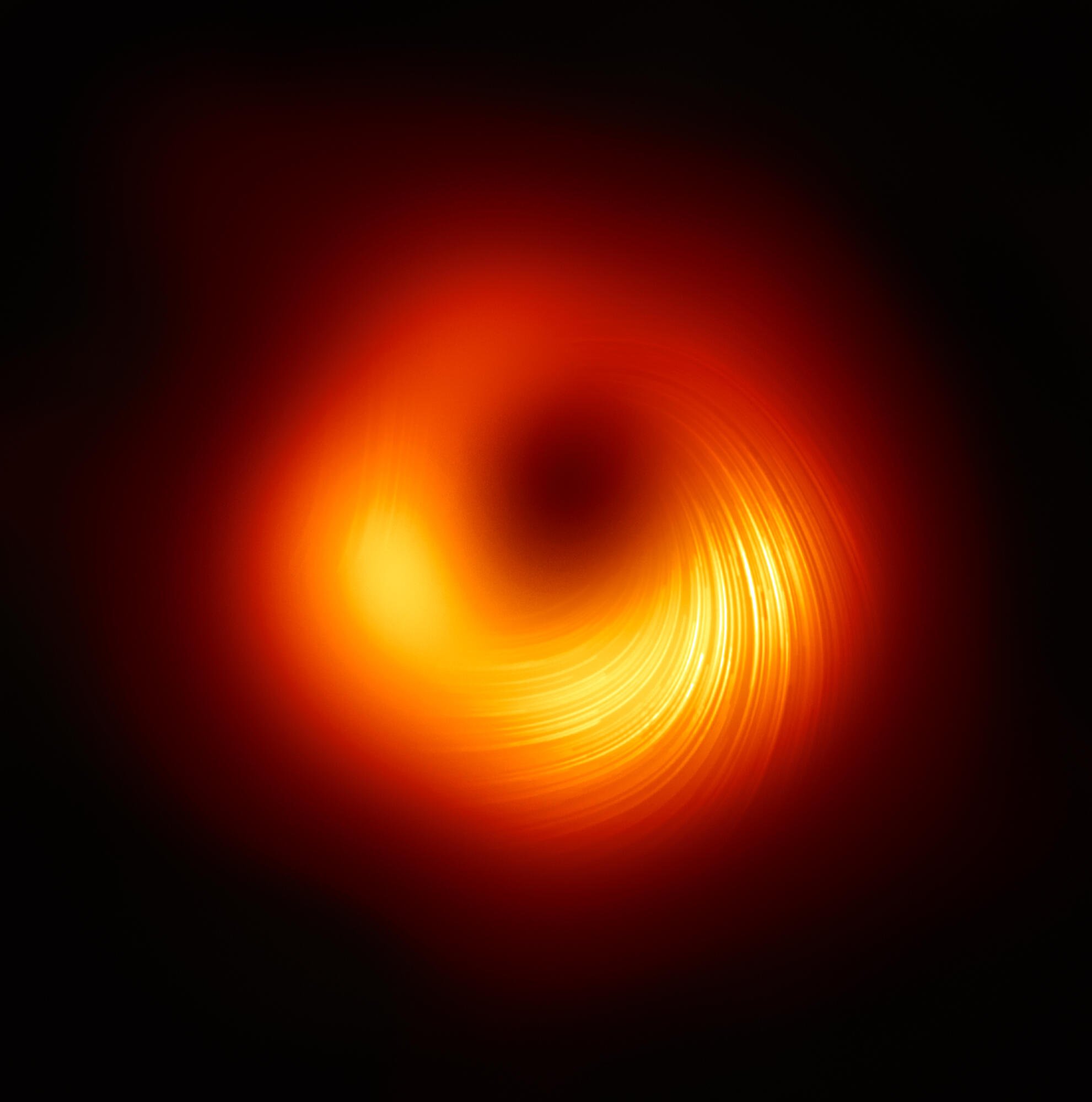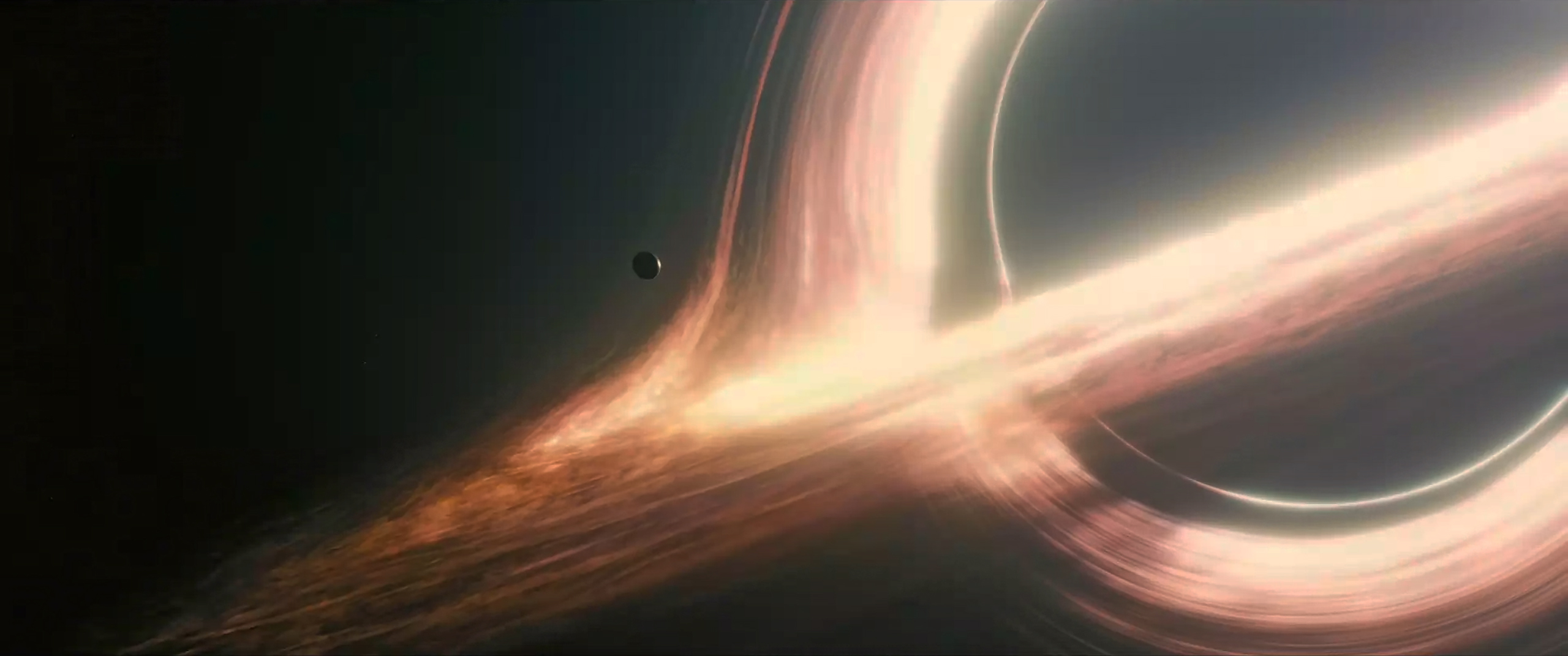Firstly, black holes can be very evasive to see because they are very small. For example, the event horizon of Sagittarius A* is smaller than the distance between the Sun and the Earth, and as well as that, there is a lot of stuff between us and a black hole, since they are at the centre of galaxies. This is the reason that Sagittarius A* wasn’t photographed, since we’re on the arm of the Milky Way and “there’s just too much stuff in the way” (Wehner). Radio telescopes can sift through the clutter fairly well, but still, it’s easier to just try Messier’s black hole.
Next, a big problem with photographing black holes is that they don't emit their own light. Black holes have accretion disks around them, which is material that is in the gravitational field of black holes but hasn’t been sucked in yet. Photons from accretion disks are bent around by the black holes' gravity to make a bright ring and a “dark region similar to a shadow” (Falcke). Scientists have to measure this shadow to find the mass. It’s important to note that the photo isn’t actually a traditional photo but a composed one based on multiple data sources and the mass and is an estimation that is likely very close to the real thing. Radio waves from this are picked up by the EHT and the data is used to form the image.
Black holes are still a big mystery and there are many unanswered questions. However, their future looks bright and there’s a lot to look forward to. Recently, M87’s black hole has had an image showing its polarization, which shows magnetic fields, and Sagittarius A*’s black hole is also being imaged. Another interesting update is that scientists have found the first isolated black hole. Lastly, a fun fact about black holes is that the black hole shown in Interstellar was made to be scientifically accurate and with these new photos, we can see that they weren’t far off.
Edit: Sagittarius A*’s image was taken on May 12, 2022
Sources:
https://www.nasa.gov/mission_pages/chandra/news/black-hole-image-makes-history
https://www.space.com/first-black-hole-photo-by-event-horizon-telescope.html
https://www.sciencefocus.com/space/m87-why-the-first-black-hole-photo-was-so-hard-to-capture/
https://cdn.mos.cms.futurecdn.net/4Vv43ekp8QVwL95So7Z8sb.jpg


Comments
Post a Comment